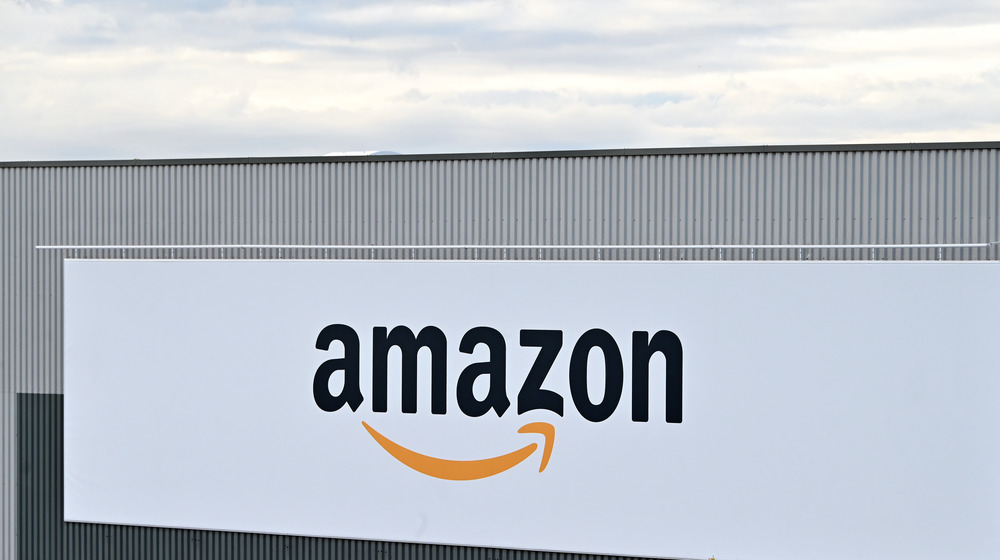Amazon Is Canceling Its Pantry Service. Here's What You Need To Know
If you were a fan of Amazon's Prime Pantry, the time has come for you to cut ties with the digital giant's original online grocery store. In a termination that carried no fanfare, Amazon has opted to discontinue its online bulk buying offer, choosing instead to integrate the products originally available through Prime Pantry into its Amazon Fresh and Whole Foods Market sections (via Bloomberg).
The shutdown was confirmed by an Amazon spokesperson, who told Bloomberg in an email that the closure enables customers to meet their everyday household product needs without having to pay a monthly $5 subscription fee. She also positioned the end of Prime Pantry as "part of our commitment to delivering the best possible customer experience."
Prime Pantry's closure didn't go unnoticed — several members took to social media to inquire about a potential outage, only to be informed by Amazon Help that it shut down. The brands tweet read: "We're sorry for any inconvenience this may cause you. Yes, we've discontinued our Prime Pantry service. Please reach back out to us if you need further assistance. We'll be here."
Prime Pantry served a niche market
After Amazon bought Whole Foods in 2019 (via Business Insider), we should have seen that as a sign that the clock would start ticking for Amazon Pantry — the online retail giant's original bulk grocery store which it set up in 2014.
Prime Pantry was Amazon's way to get its subscribers to buy bulk quantities of non-perishable items like paper towels, dish soap, and other cleaning supplies, as well as food and snack items with long shelf lives like pasta and cereals. The only caveat? Everything you wanted would have to fit into a single large shipping box. With a delivery time of one to four business days, Prime Pantry items also took longer to get to where they needed to go, which unfortunately placed its delivery times up against Prime's quicker 24 to 48 hours (via Business Insider).
Prime Pantry wasn't exactly a headache-free proposition for Amazon. In March of 2020, just as the coronavirus pandemic was kicking up a notch, the online retail giant had to close the service because it could not meet demand (via CNBC). It could have been one of the last straws for an Amazon division whose function management realized might easily be fulfilled by another part of the company.

